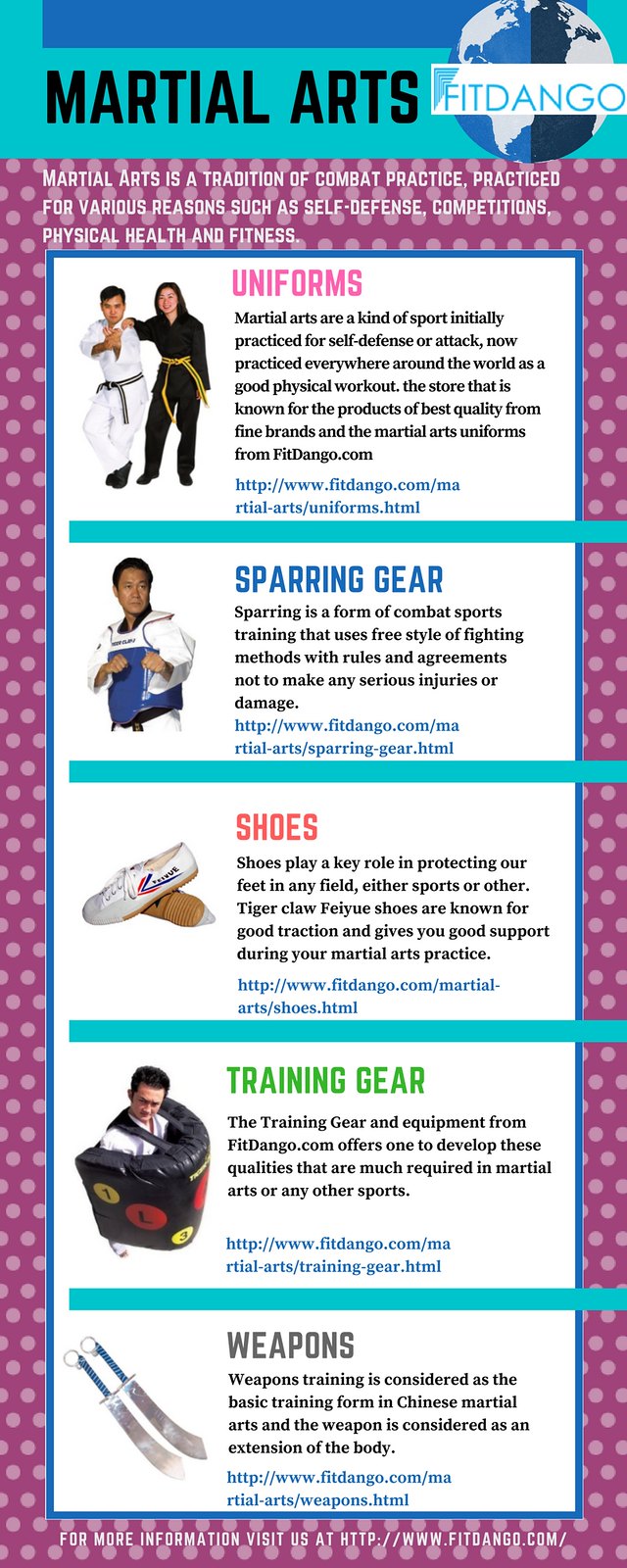A Historic Review And Development Of Martial Arts Across The Globe
A Historic Review And Development Of Martial Arts Across The Globe
Blog Article
Post Composed By- what is martial arts for kids have an interesting background that spans centuries and continents. You may find it interesting just how ancient methods like Shuai Jiao and Kalaripayattu laid the groundwork for modern combat methods. These disciplines not just stress physical skills yet additionally reflect the cultures that birthed them. As you explore their development, think about just how globalization has changed these traditional types right into crossbreed styles. What influences do you think have shaped today's martial arts landscape?
Ancient Martial arts: The Structures of Fight
As you look into the globe of old martial arts, you'll discover the rich structures that shaped fight techniques across cultures. Very early techniques focused on Self-Defense and survival, frequently integrating strikes, grappling, and weaponry.
In steven seagal martial arts , as an example, strategies like Shuai Jiao highlighted throws and joint locks, while India's Kalaripayattu showcased agility and fluid motion. martial arts clothing created Kenjutsu, a polished swordsmanship that highlighted self-control and technique.
These martial arts offered not just for fight but also as a way of individual growth, instilling worths like regard and determination. The mixing of these methods with time laid the groundwork for the varied martial arts you see today, each mirroring the unique ideologies and needs of its society.
The Social Influence on Martial Arts Advancement
While martial arts typically mirror the practical needs of a society, they likewise embody the cultural values and beliefs of their beginnings. When you explore various martial arts, you'll notice exactly how they're affected by religion, ideology, and social norms.
For instance, the emphasis on regard and discipline in Japanese martial arts comes from Zen Buddhism and samurai culture. In contrast, Brazilian Jiu-Jitsu promotes versatility and approach, shaped by the need for performance in a varied, modern environment.
You might find that the routines, attires, and training approaches show an area's background and identification. By understanding these social influences, you grow your admiration of martial arts and their duty in shaping human experiences around the world.
Modern Adaptations and the Globalization of Martial arts
Martial arts have changed considerably in recent years, adjusting to contemporary society and global influences. You'll discover that traditional kinds have blended with modern-day techniques, creating hybrid styles like mixed martial arts. These adaptations deal with diverse target markets, making martial arts easily accessible and attractive globally.
With https://heraldcourier.com/news/community/hometown-stories-martial-arts-instructor-will-help-kick-off-kids-program/article_399eafc0-16c0-11ee-a11e-2ba95aa2d11c.html of social media sites and electronic platforms, you can discover tutorials and competitions from all corners of the globe, breaking geographical obstacles. This globalization has caused a shared recognition for numerous techniques, from Brazilian Jiu-Jitsu to Taekwondo.
As you engage with these arts, you'll recognize they're not almost fight; they promote health and fitness, discipline, and psychological well-being.
Inevitably, contemporary adjustments have enriched the martial arts landscape, making it a dynamic and progressing technique.
Verdict
In discovering the background and evolution of martial arts, you uncover a remarkable blend of methods, societies, and approaches. From ancient self-controls like Shuai Jiao and Kalaripayattu to the contemporary versatility seen in MMA, martial arts mirror humanity's quest for Self-Defense and individual development. As you engage with these practices, you not only get abilities but also a much deeper gratitude for the diverse practices that form our globe today. So, proceed your trip and embrace the art of battle!
